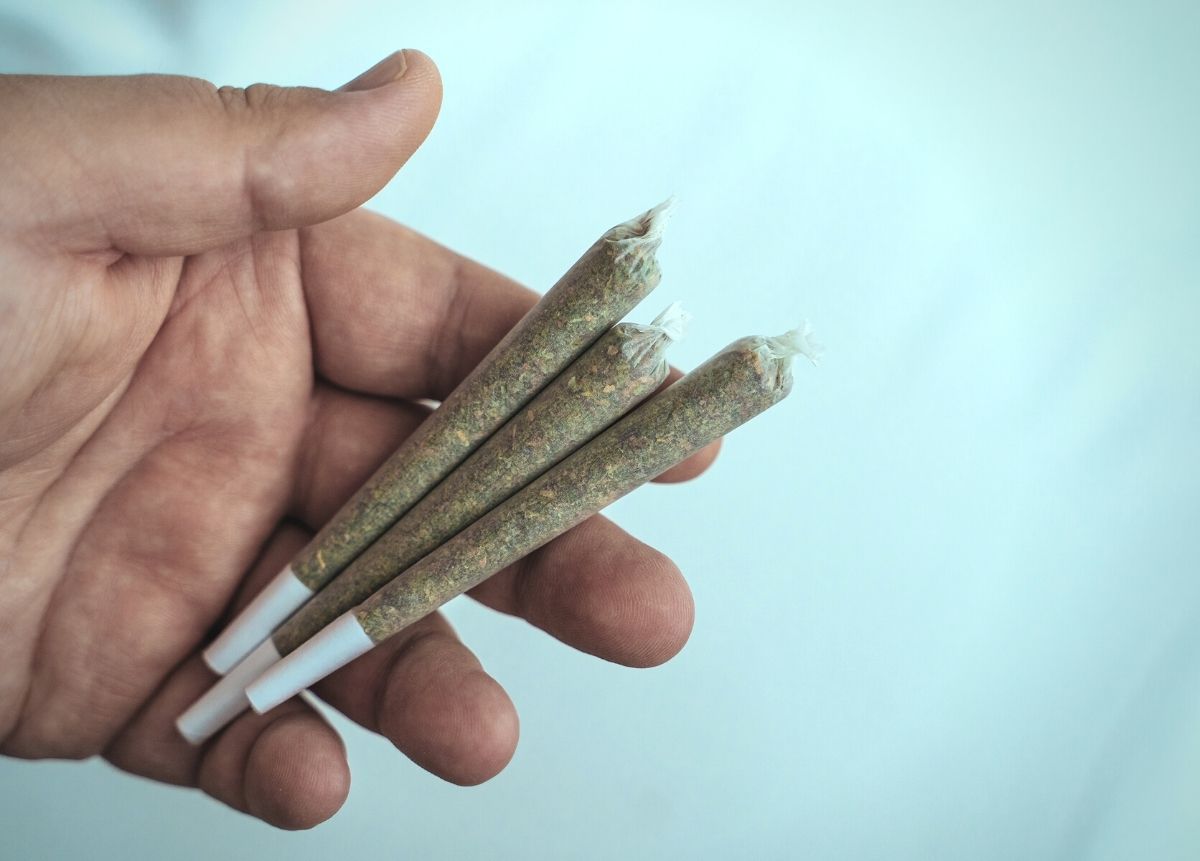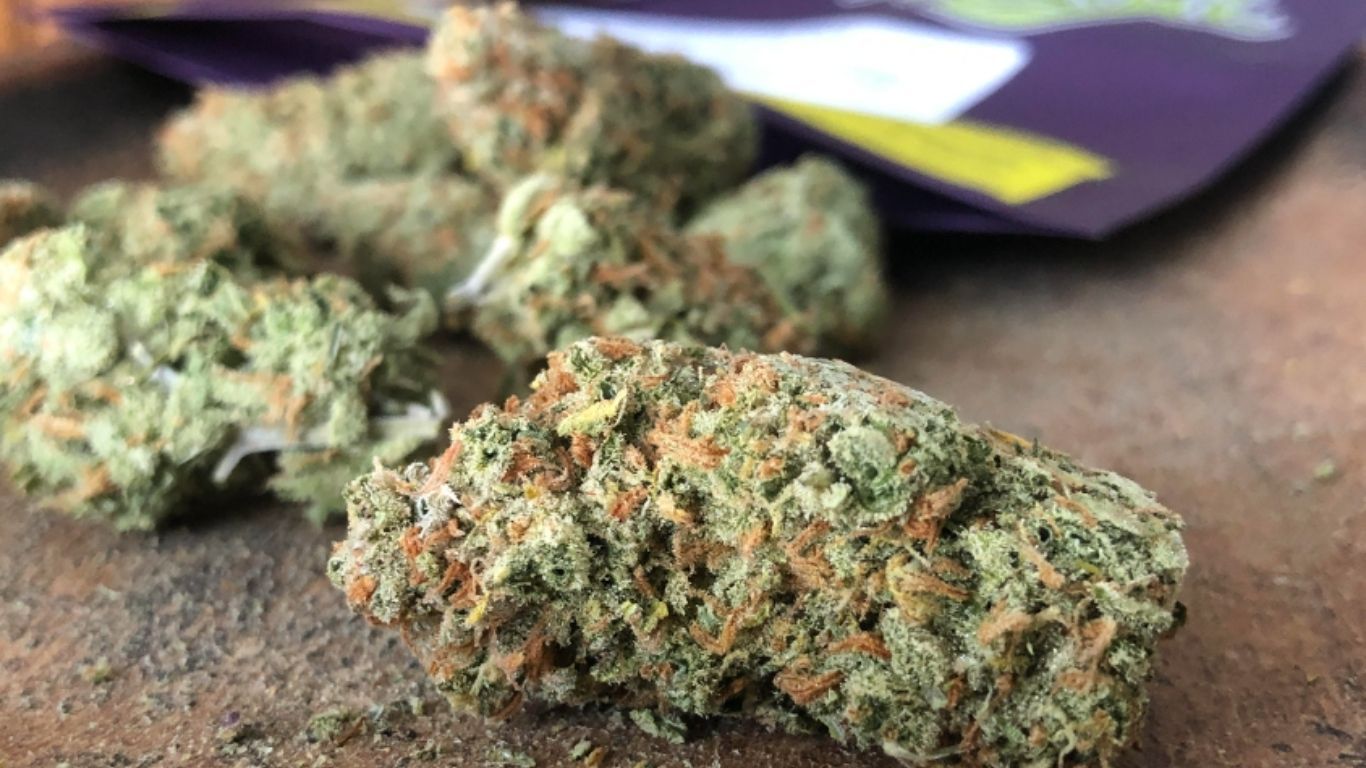
According to Headset Canadian Insights, last year pre-rolls were the second-largest product category in Canada, with a 17% market share. As of June 2021, pre-rolls have upped their national share to 19.3%.
But this strong demand is also creating some challenges, not the least of which is the ability to automate production, while also ensuring that the paper, cone and filter supply is sufficient and secure.
“Demand for materials is skyrocketing, but there are only so many suppliers that can deliver on a regular basis,” says Brigitte Simons, president at Safari Flower Company. “As well, some companies with solid supply chains aren’t selling a product that’s compliant with Health Canada regulations.”
First, there’s microbial testing – there can be mould due to humidity. The second issue would be heavy metals, and number three would be pesticides.
Brigitte Simons, Safari Flower Company
At present, the major paper suppliers are in China, India, and Indonesia. These products can be tested here in Canada to ensure they’re safe.
“We test the full cone, filter, and paper for three main areas,” says Simons. “First, there’s microbial testing – there can be mould due to humidity. The second issue would be heavy metals, and number three would be pesticides.”
Papers can be made of any number of products, including unbleached wood paper, hemp, and flax. However, just as with any supplier, it’s important for cannabis companies to validate their vendors.
“We can test paper – it’s not hard,” says Stephanie Ostrander, Account Manager at Keystone Labs. “This is very important because in the lab we’ve seen hits for pesticides, and we have also seen papers that have failed heavy metal tests.”
Health Canada lists 96 pesticides of concern, as well as heavy metals such as arsenic, cadmium, mercury, and lead. A producer needs to either test for these or to tell their suppliers that they need to see a Certificate of Analysis (CoA).
“The paper companies themselves are part of a much more mature market,” says Ostrander. “Those companies are really good at using labs to find and fix problems. If they get a heavy metal or a pesticide hit – whether it’s in the paper, cone, filter, or even ink – they’ll locate the problem, and fix it.”
Producing a consistent, quality smoke
Knowing that pre-rolls are tested to comply with Health Canada regulations can put a consumer at ease, but there is another big issue at hand: How good is the smoke, and is it well-priced? The industry is still looking for ways to bring the best possible products to market and at a reasonable cost.
In the pre-roll market, what distinguishes a product is design and the quality of bud.
Mandesh Dosanjh, Pure Sunfarms
“There are three processing steps that require clearance against the regulations: you have to pick and dry the flower, mill it with a machine, and then load it into a cone,” says Simons. “This adds fixed costs, many of which were unforeseen by some companies, and which make it harder to compete in the value market.”
Although automation is an obvious answer when it comes to delivering a consistent product, cannabis presents unique challenges.
“Different strains have varying degrees of stickiness, so creating combustible sticks is much different than with a relatively more stable and dryer input like tobacco,” says Brad Canario, Senior Director, Marketing, Auxly. “We can dial in our machinery to accommodate different strains, while maintaining consistency and quality.”
Auxly has its Back Forty 40s product, which is machine-rolled, straight pre-rolls with high-potency cannabis. The 40s are available in Ontario and will be launching in Alberta soon, with other markets to follow. The success of the 40s – as well as other pre-rolls – will depend not only on the quality of the milled flower, but also in large part on the speed and quality of the manufacturing technology.
“For competitive reasons, equipment specifics and processes remain close to the chest, but we can confirm that our machine and the underlying technology is the first of its kind in the world,” says Canario. “We worked closely with the global leader in pre-roll technology for almost two years to develop the technology capable of producing the unique 40s cylindrical pre-rolls while achieving high output and consistency, ensuring the highest-quality product.”
In many pre-rolls, the paper cones are packed too tightly with flower and burn poorly. Pre-rolls that burn like a cigarette, such as Redees from Redecan (now owned by Hexo), have a distinct advantage. According to the Ontario Cannabis Store (OCS) Year in Review (April 1, 2020 – March 31, 2021), Redecan’s sales dominated, at 23%, and tied with Good Supply for retail sales, at 17% each. Other participants, such as Sensi Brands’ Station House pre-rolls, are also doing well.
“Station House’s success in the pre-roll category can be credited to our unique approach to addressing the needs of the consumer and product gaps within the pre-roll segment,” says Tony Giorgi, Founder and CEO of Sensi Brands. “Many of our competitors viewed the pre-roll category as a dumping ground for undesirable product such as trim and other subpar inputs.”
Giorgi said that Sensi Brands saw the potential early in its business plan to innovate and create the multi-pack pre-roll, exclusively using whole flower inputs that are available in 6, 12, 18 and 24-pack configurations. This is easy for the consumer to relate to, in what has now become one of the fastest-growing categories in the cannabis marketplace.
“We started this journey with the objective of creating the market-leading – best everyday value – brand of multi-pack pre-rolls by addressing the unique challenges that come within this category,” says Giorgi. “This was the foundation of our Station House Signature Large Format Pre-Roll Multi-Packs – which has evolved into an industry standard and market leader that’s been often imitated, but never copied.”
Making it right
The right approach to automation – and of course to a high-quality, properly-milled product – is key to the success of a pre-roll. Automation significantly cuts the cost of production, which allows a company to pass the savings on to the consumer.
Some producers compartmentalize the process into assembly lines, or embrace manual processes, positioning their products higher up the value chain. In the example of Avant brands and its Tenzo and BLK MKT pre-rolls, the technology has a low degree of automation.
“We use customized technology – that is less automated – but produces a higher quality end product,” says Norton Singhavon, Founder and CEO, Avant Brands. “We manually inspect every pre-roll. Accordingly – our costs are higher – but so is our quality and consistency.”
Not surprisingly, Singhavon says that, first and foremost, it’s the quality of the flower that distinguishes a pre-roll. This is true of many suppliers that ensure their pre-rolls contain no blend and no shake, with only fresh, whole flower, and single-strain cannabis, for maximum flavour and potency.
“In the pre-roll market, what distinguishes a product is design and the quality of bud,” says Mandesh Dosanjh, President and CEO of Pure Sunfarms. “During the pre-roll production process, we carefully monitor the temperature of the flower to optimize terpene and cannabinoid retention, and ensure maximum freshness.”
Dosanjh says that Pure Sunfarms’ pre-rolls have a sleek and tapered design, which results in a narrow cherry (the burning end of a lit joint). This produces less smoke, with the twisted end sealing the pre-roll tight to prevent spillage, while also acting as a convenient wick.
“Cannabis consumers will continue to embrace the convenience of pre-rolls,” he says. “We certainly anticipate additional innovation as Canadian cannabis companies fight for market share in a highly competitive market.”














